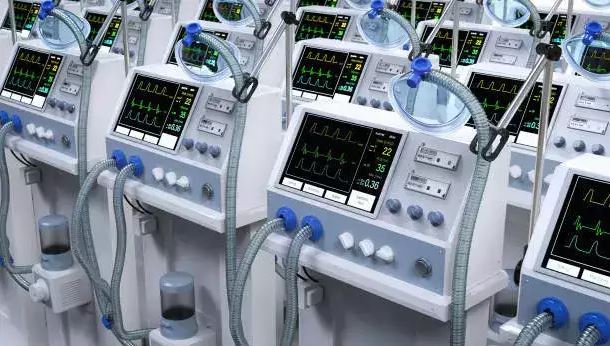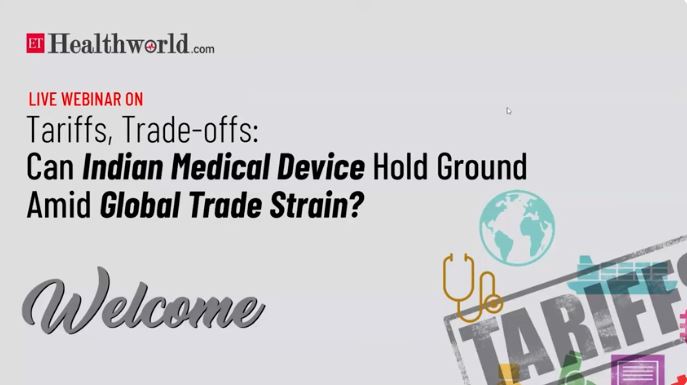
The regulatory actions on the medical devices sector in the last two years were based on a belief that medical devices manufacturers were earning undue profits at the expense of patients’ money. However, recent studies and National Pharmaceuticals Pricing Authority’s (NPPA) own analysis have proved two facts: first, the healthcare procedure cost to patient has not come down by the proportion that the regulatory actions like price capping expected to achieve. Second, the reasons for high healthcare costs are not medical device manufacturers but hospitals.
Why the healthcare cost did not come down as desired by NPPA became clear in February 2018 when NPPA released its report on overpricing. The report showed that some hospitals were charging exponential rates for medical devices that were still unregulated. Also, there is a growing acknowledgement that hospitals raised the prices of overall healthcare procedures to limit the potential price benefit of price capping on stents.
How was overcharging possible, one may ask. The root cause of this phenomenon is the high trade margin commanded by the trade channel, from local distributors to the healthcare service providers. This is proving to be an epidemic for healthcare in India. The good news is that the government has now realized this fact and is in a huddle with the industry to sort things out for good through Trade Margin Rationalization (TMR) – TMR means fixing a specific margin that each constituent could earn.
Now, the need of the hour is to ascertain the basis of TMR. The high-level committee on TMR, set up by the Department of Pharmaceuticals, has evaluated various models of TMR and has recommended the use of price to trade/distributor (PTT) as the basis of fixing a margin.
While this recommendation is under the consideration of the government at present, there are simultaneous demands for fixing import/manufacturing cost. This is despite the fact that cost-based margin was discarded by the government in 2013 as it had created distortions by giving a favorable treatment to local manufacturers.
The cost-based margin had discouraged global companies from making post-marketing expenses on training, in-clinic support, and skill development of healthcare professionals, and limited the introduction of MedTech innovation in the country. This happened because importers found the model unattractive for their sustenance vis-à-vis local manufacturers. Historically more than 70 percent medical devices are being imported from abroad due to lack of a manufacturing ecosystem within the country. In view of this datum, any step that discourages imports is detrimental to the growth of the healthcare industry.
Although not desired by the industry, but in case the government decides the cost-based margin model going forward, due consideration should be given to creation of a level-playing field for importers when compared with local manufacturers. This can be done by finding an equivalent of landed cost (which applies to imported products) for locally manufactured products. Standard Cost of Manufacturing (SCM) offers a good option as it does not include sales and administrative costs and is not open to manipulation. As against SCM, the erstwhile practice of using ex-factory price for locally manufactured products was highly manipulative. Ex-factory price included expenses like sales, marketing and promotion expenses, GST and other taxes, inventory obsolescence cost, training, R&D cost, general and administration expenses, and interest cost. SCM is the cost before accounting for such expenses, as is the case with landed cost of imported products (import price + import duties + import freight). Therefore, SCM and landed cost are equivalent in treatment.
Components of ex-factory price are difficult to audit and endorse while landed cost is easily auditable with a visible trail. Even in case of related party transaction, where the local subsidiary is engaged with marketing and distribution of imported products, import price takes into consideration its local fair market value reduced for arm’s length compensation paid to the local subsidiary. Further, there is fair level of customs and income tax scrutiny to examine and ensure that prices are fair and at arm’s length.
That said, any approach providing for a fixed mark-up based on cost does not allow price discovery and free market based on competitive pricing. In fact, the guiding principles for National Pharmaceutical Pricing Policy (NPPP) 2012 preferred adopting a market-based pricing approach and not cost-based pricing. Following are the shortcomings of the cost approach, as mentioned in the NPPP 2012 document:
- Cost can be manipulative and the manufacturer can hide/conceal margins
- Difficult to properly check the data provided by individual manufacturers in a timely and adequate manner
- Large manufacturers can negotiate better price for raw material because of bulk purchase, thereby giving them advantage over smaller players
- In the long run, this approach is likely to create entry barriers for new entrants, leading to stagnant capacity and competition in category
- And lastly, a cost-based model is never an efficient model as there would be no incentive to reduce cost by bringing in efficiencies, rather it would be the reverse where increasing the cost would result in higher trade margins
To summarize, any approach to regulate trade margins should be based on PTT which is in fact the price charged to first point in the route to market – distributor or stockist or retailer or hospital depending on the channel strategy for each importer/manufacturer of medical devices. If the cost approach is followed, SCM should be used as the basis for fixing the margin for local manufacturers.




